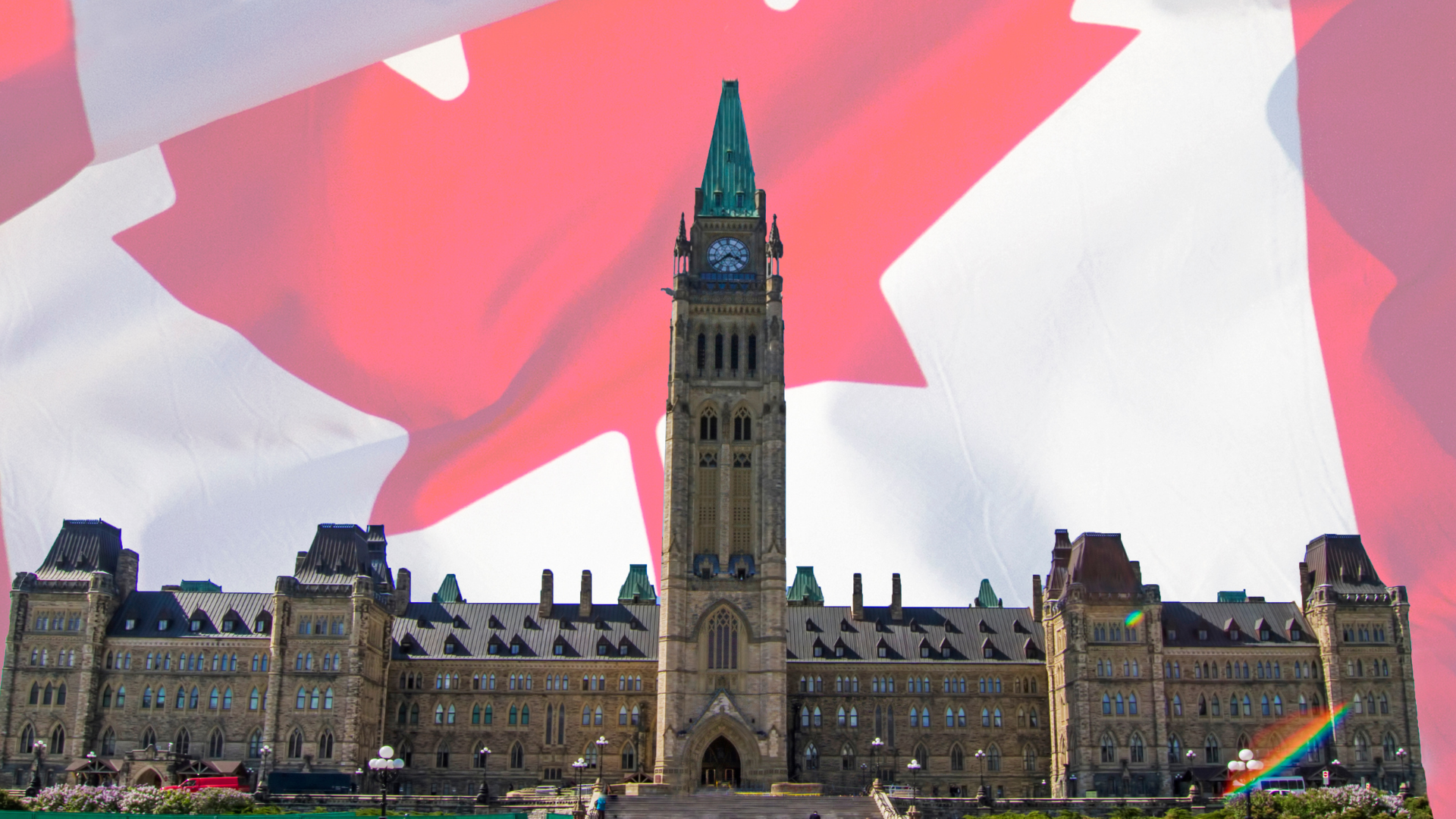The Biggest Immigration Changes Coming for International Students and Temporary Foreign Workers in Canada

Canada is preparing for major updates that will directly
impact international students and temporary foreign workers. These changes are
based on announcements connected to the 2026–2028 Immigration Levels Plan
and Budget 2025, and they will influence how newcomers study, work, and
transition to permanent residence in the coming years.
This blog explains the most significant updates expected in
the months ahead and what applicants need to prepare for.
Changes Affecting Temporary Foreign Workers
1. Faster Pathways from Temporary Resident to
Permanent Resident
The government plans to help up to 33,000 temporary
workers transition to permanent residency (PR) in 2026 and 2027.
While IRCC has not yet released full program details, it
has confirmed that this transition will focus on:
- Workers
already contributing to the Canadian economy
- Individuals
with strong community ties
- Applicants
with tax history
- Workers
in in-demand sectors
This follows trends from recent years, where IRCC has
prioritized Canadian work experience. According to the latest Express Entry
Year-End Report, 64% of invites issued in 2024 went to candidates with
at least one year of Canadian work experience.
This signals a continued shift toward favouring workers
already in Canada.
2. Tighter Eligibility for the Temporary
Foreign Worker Program (TFWP)
The federal government has indicated that stricter rules
are coming for the TFWP.
Prime Minister Mark Carney emphasized that the program must become more
targeted toward strategic sectors and regional needs.
This is happening alongside:
- A
pause on LMIA processing in regions with unemployment of 6% or higher
- A
major cut to TFWP admissions for 2026:
- From
82,000 (previous plan) to 60,000
These changes suggest that LMIA approvals may become more
difficult to obtain, especially in regions facing labour surpluses.
3. New Sector-Specific PR Pathways and Work
Permit Streams
In response to labour shortages in specific industries, the
federal government is rolling out more targeted pathways. These include:
• PR Pathway for H1-B Visa Holders
Canada will offer an accelerated PR option for U.S.-based
tech talent in key industries such as health technology, research, and advanced
industries.
• Construction Worker PR Pathway
IRCC has reserved space for up to 6,000 undocumented
construction workers already living in Canada.
• Agriculture and Fish Processing Stream
A new immigration stream will be launched for foreign
workers in agriculture and fish processing, including a dedicated work permit
option.
• Reopening of Existing PR Pilots
Several pilot programs, including the Home Care Worker
Immigration Pilots, will reopen for new applications in 2026.
Workers already in Canada with the required experience will
have a strong advantage in these targeted pathways.
Changes Affecting International Students
1. Reduced Study Permit Cap for 2026
The federal government has used study permit caps for the
past two years. The next update will be released in January 2026.
The new Immigration Levels Plan shows a reduction in
international student arrivals:
- From
305,900 (previous target)
- To
155,000 for 2026
This likely means the study permit cap will also be
lowered, making applications more competitive. However, Canada did not meet its
targets for new student admissions in 2025, which may offset the impact of a
lower cap.
2. Graduate Students Exempt from the Cap
Starting January 1, 2026, Master’s and PhD students
will be exempt from the study permit cap.
This also means:
- No
Provincial Attestation Letter (PAL/TAL) required
- Faster
processing for PhD students and their families — in some cases, as quick
as two weeks
This exemption is intended to attract highly skilled
researchers and advanced-degree students.
3. Removal of Certain Programs from PGWP
Eligibility
In June 2025, IRCC announced changes to the list of
programs eligible for the Post-Graduation Work Permit (PGWP).
This impacts 178 study programs across Canada.
The enforcement of this change was postponed to early 2026,
but IRCC confirmed it will come into effect shortly.
International students planning to work in Canada after
graduation must make sure their chosen program remains PGWP-eligible before
applying.
What These Changes Mean for Applicants
These updates point to a major shift in Canada’s
immigration strategy:
- More
focus on workers already in Canada
- More
programs tied to specific sectors
- Greater
scrutiny on LMIA applications
- Stronger
emphasis on advanced-degree students
- Tighter
selection for study permits and PGWPs
For temporary foreign workers, Canadian experience is
becoming the key to long-term immigration success.






